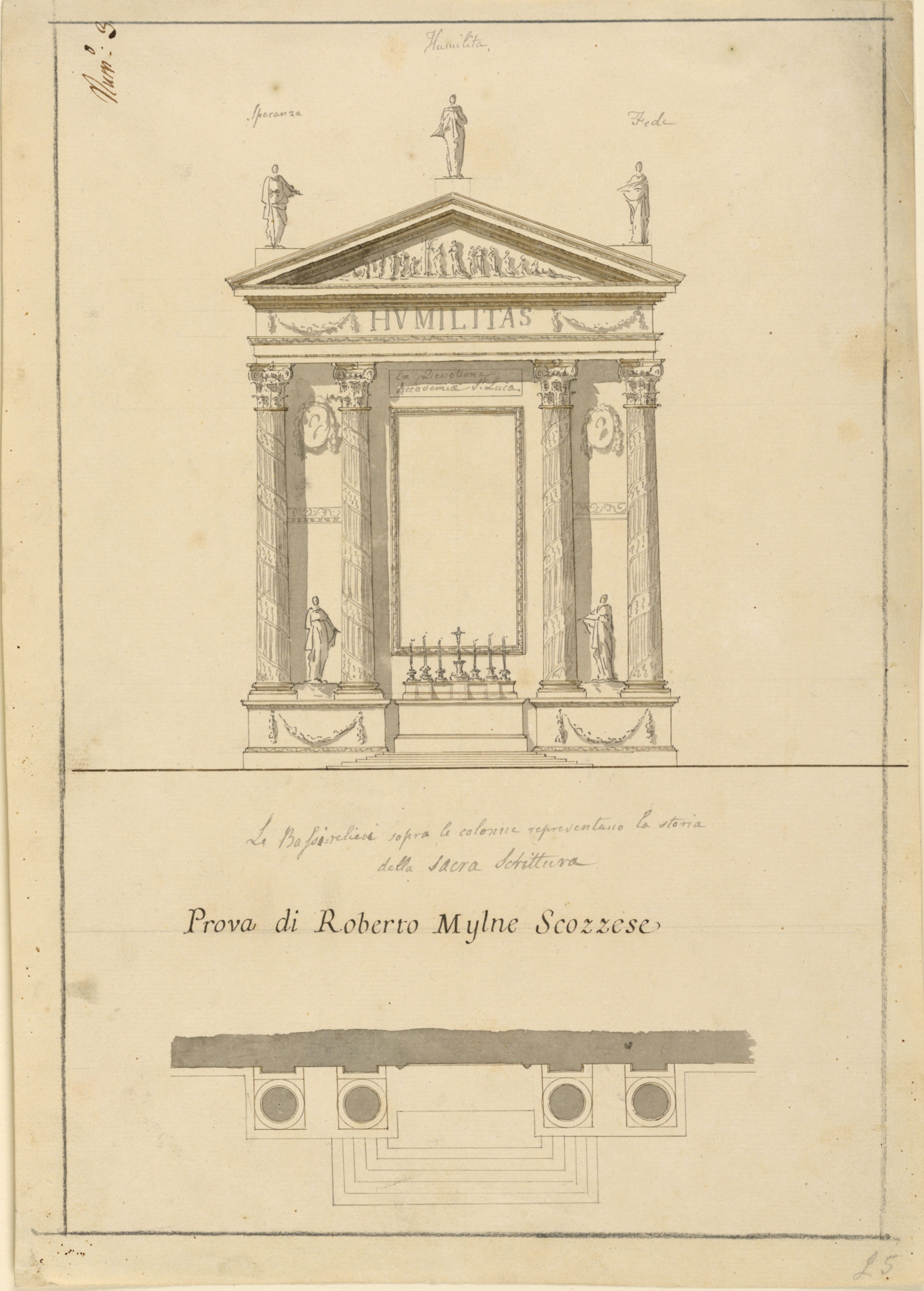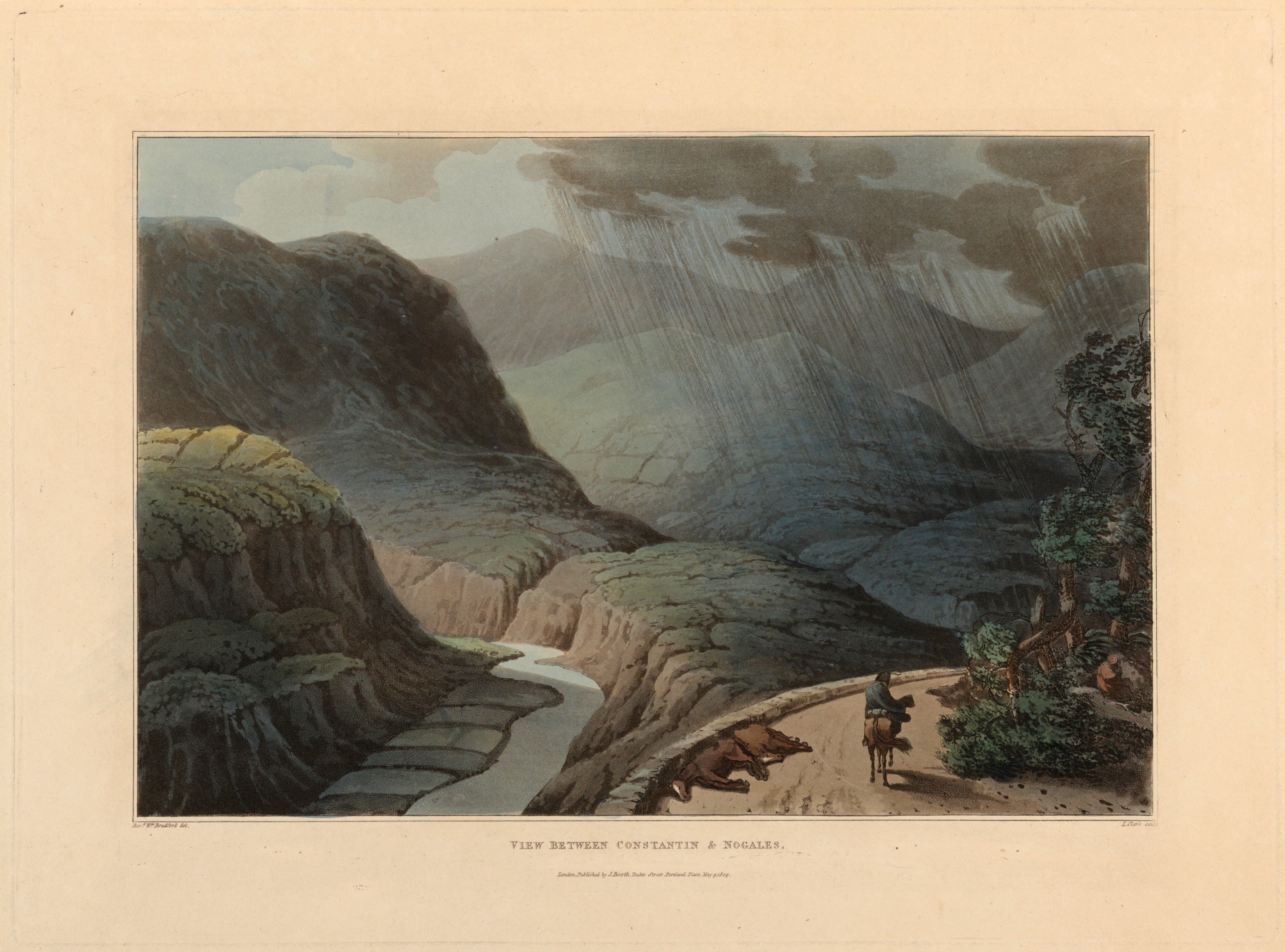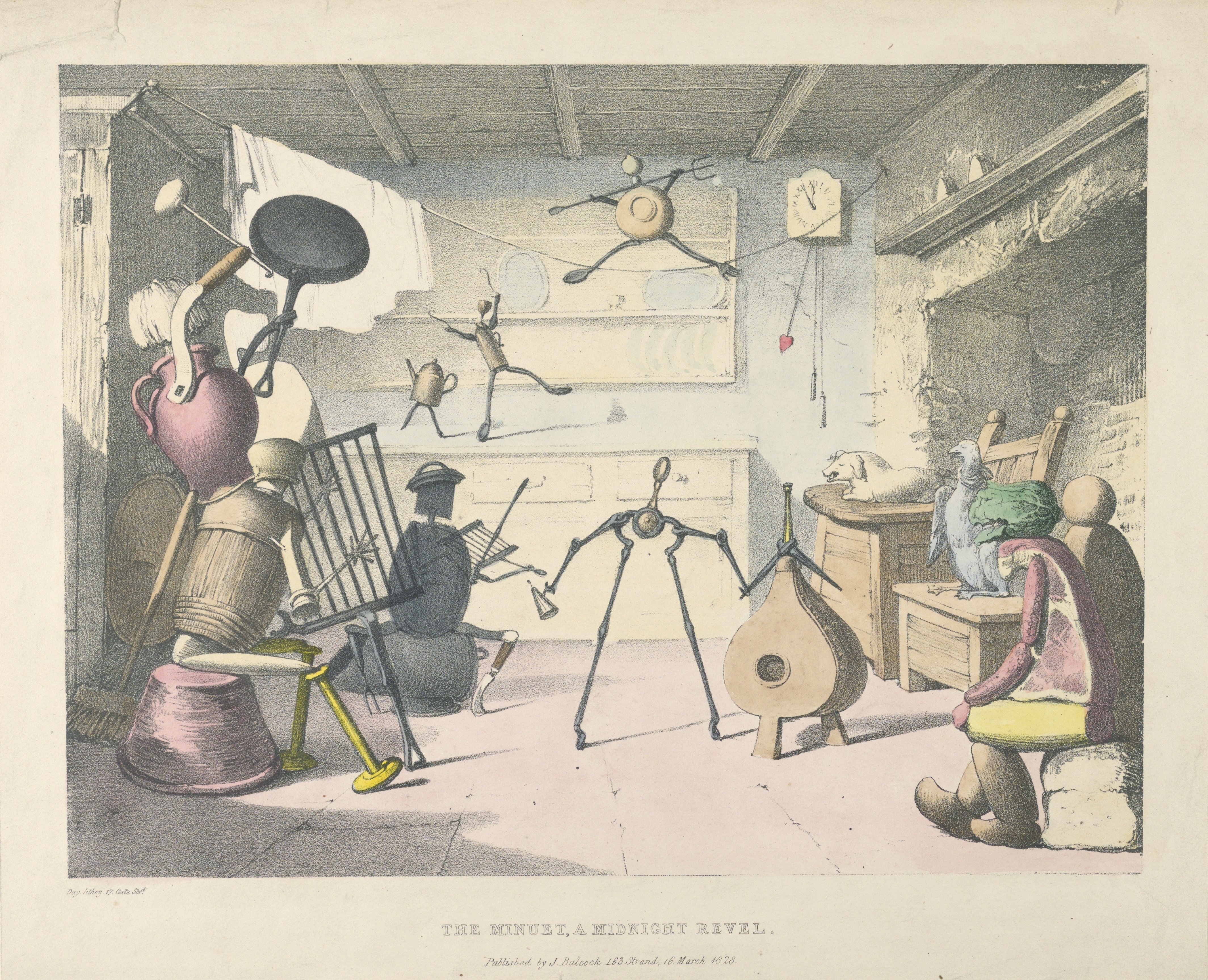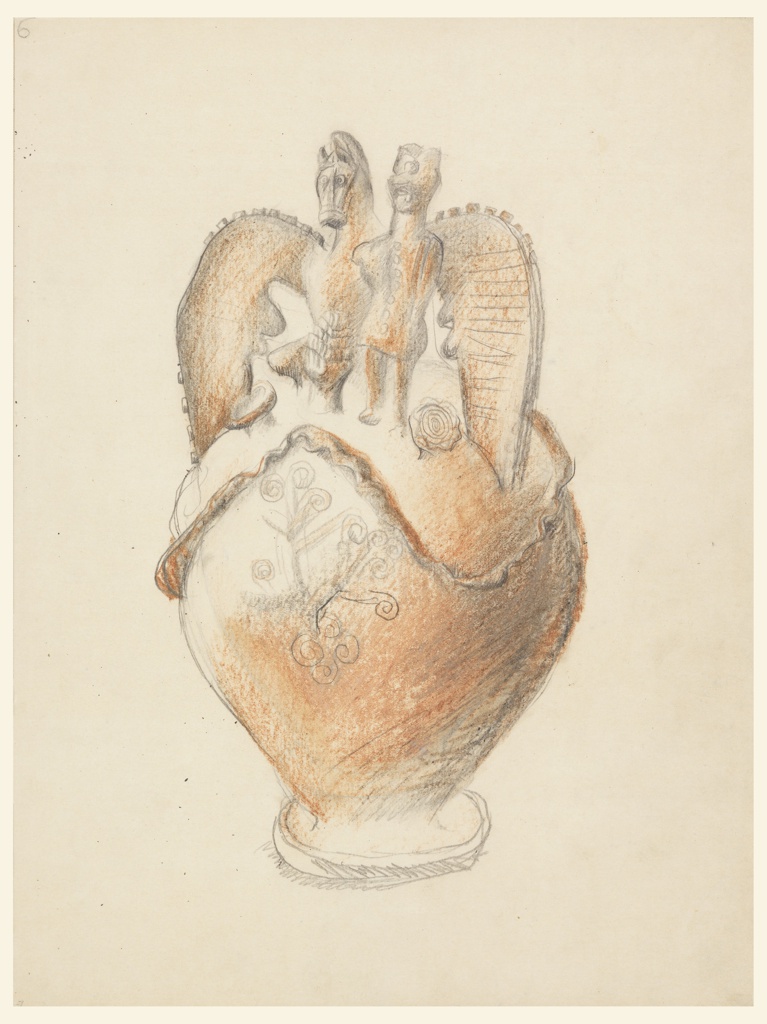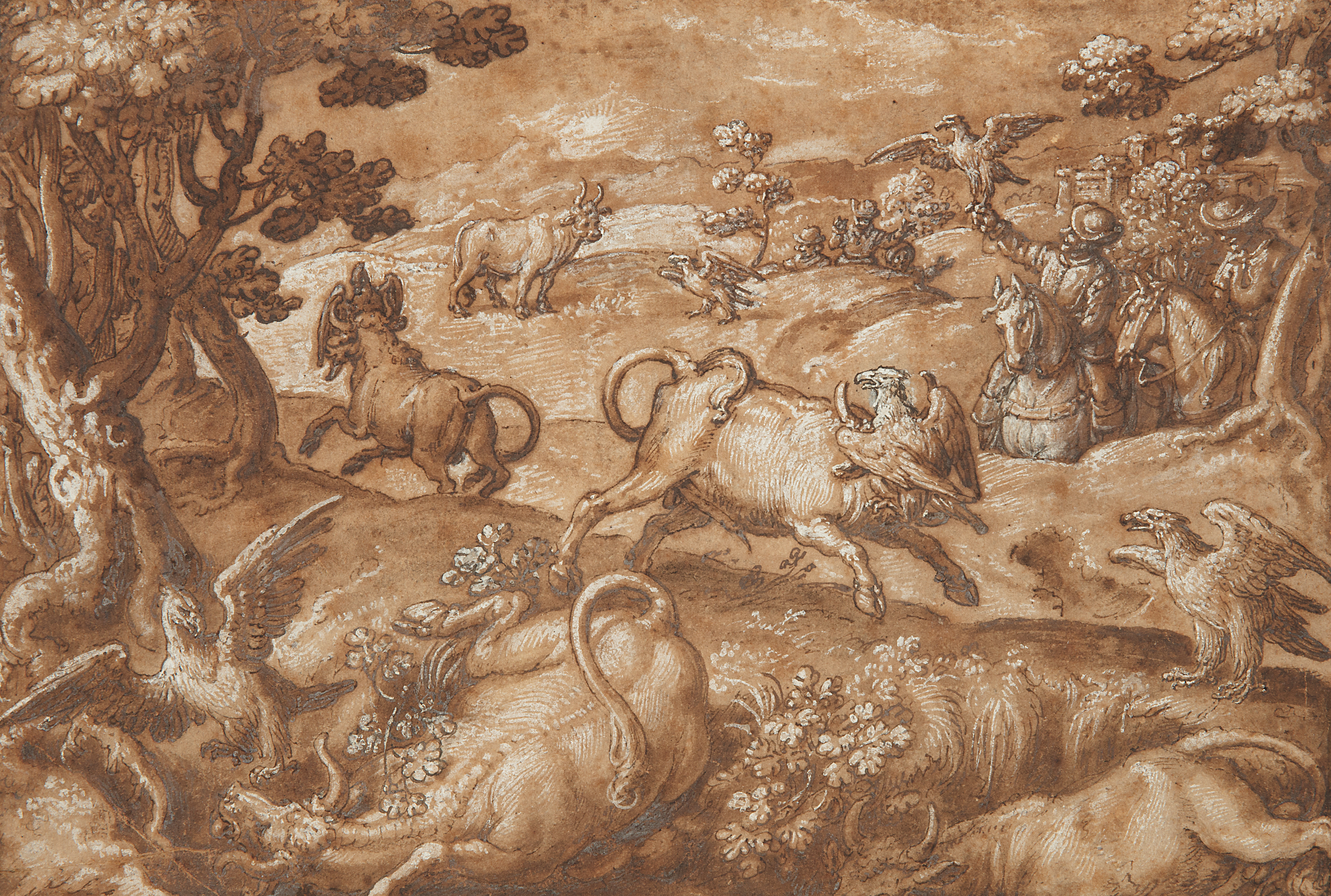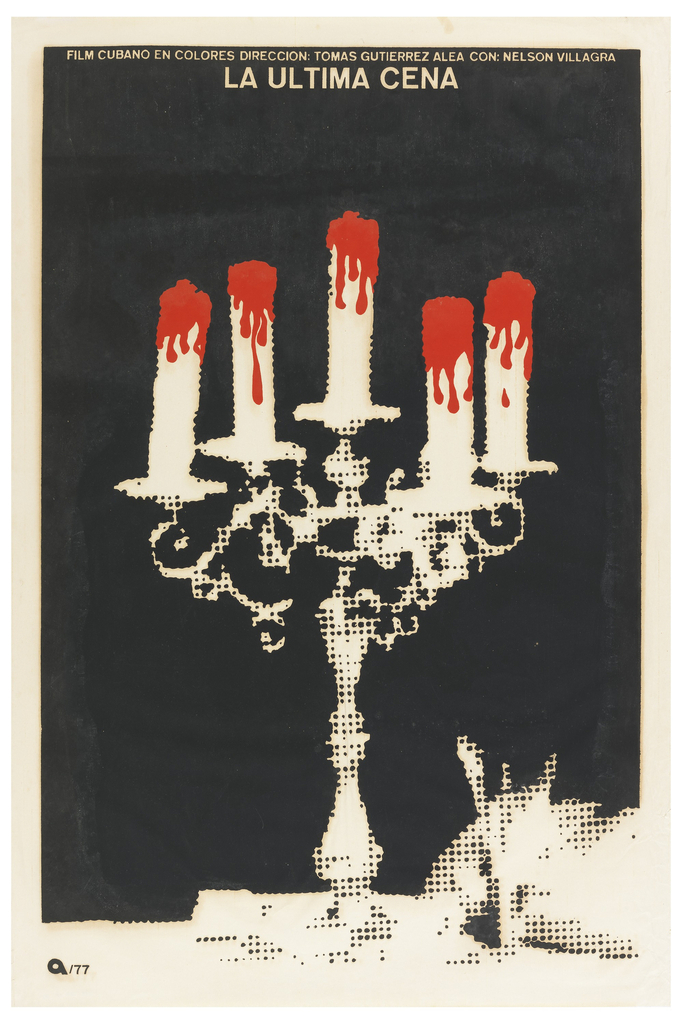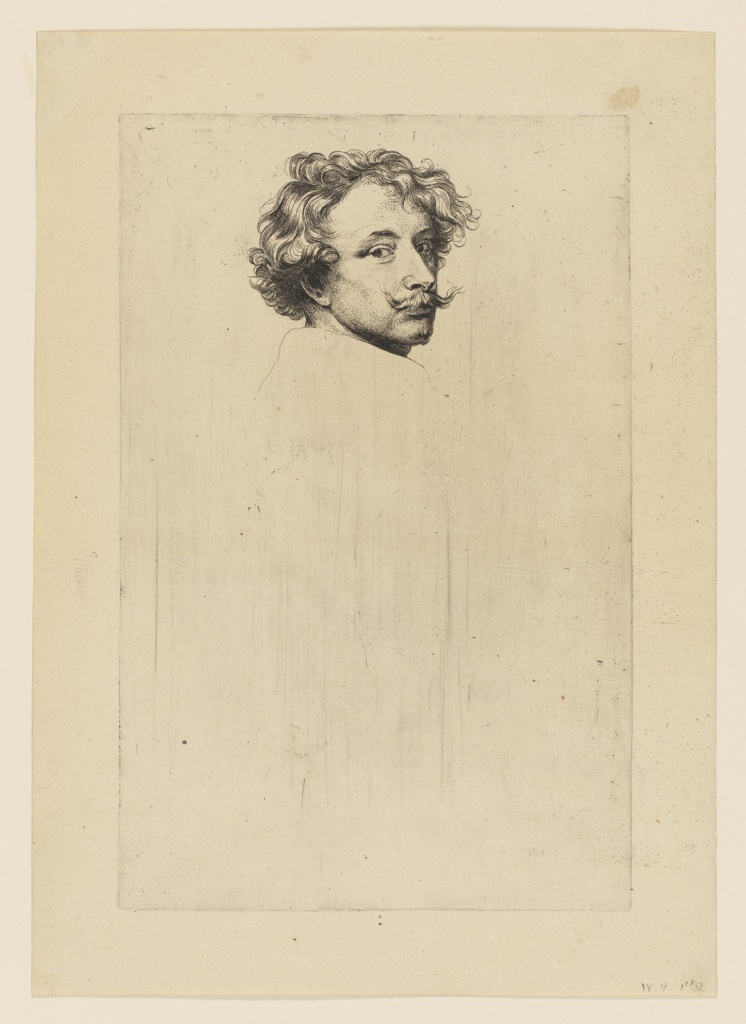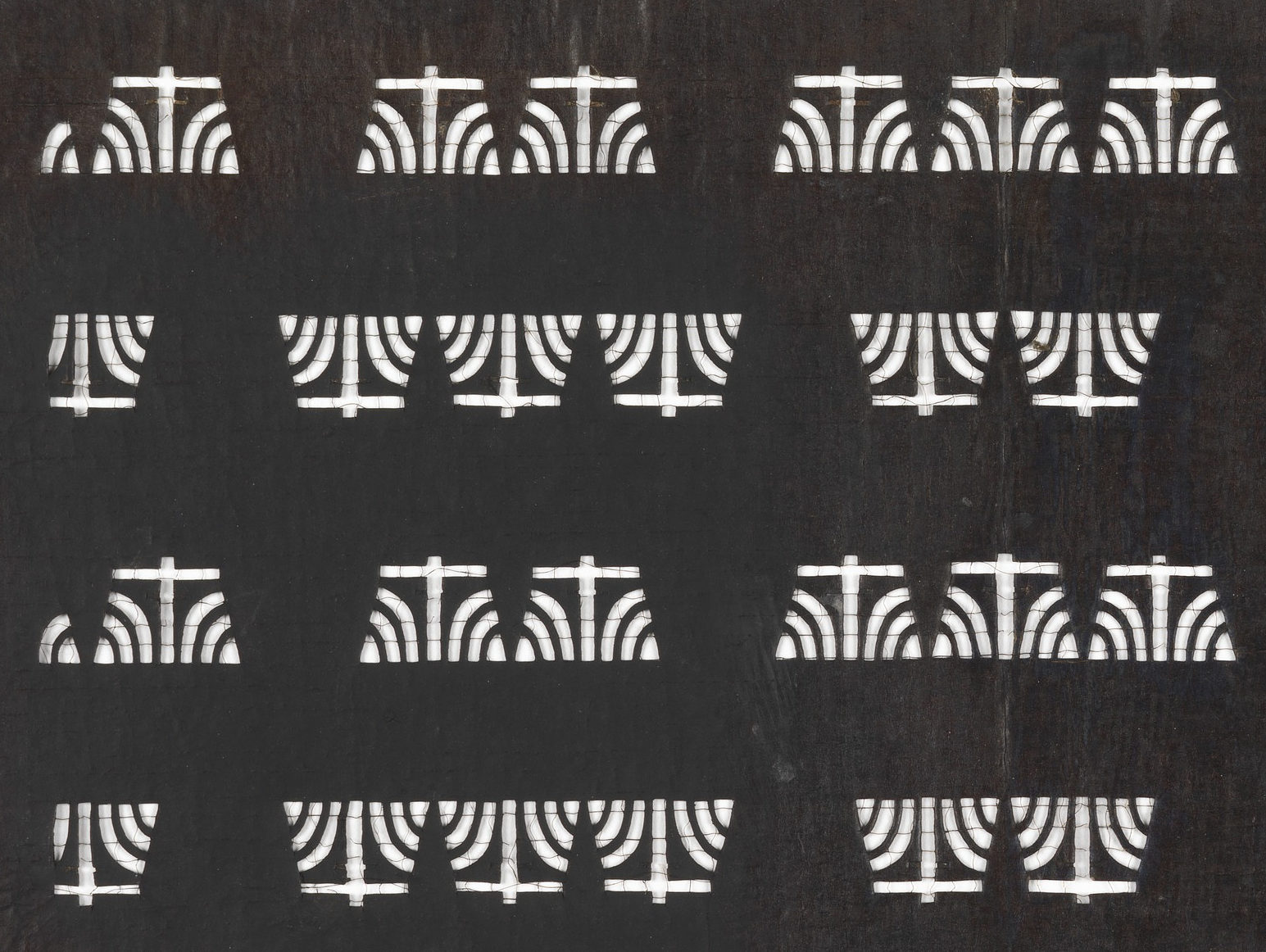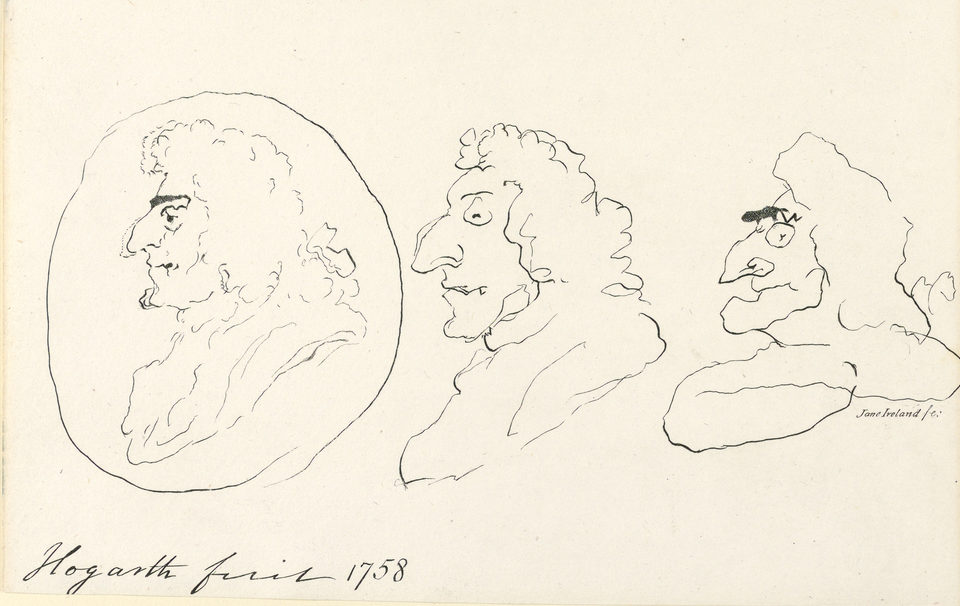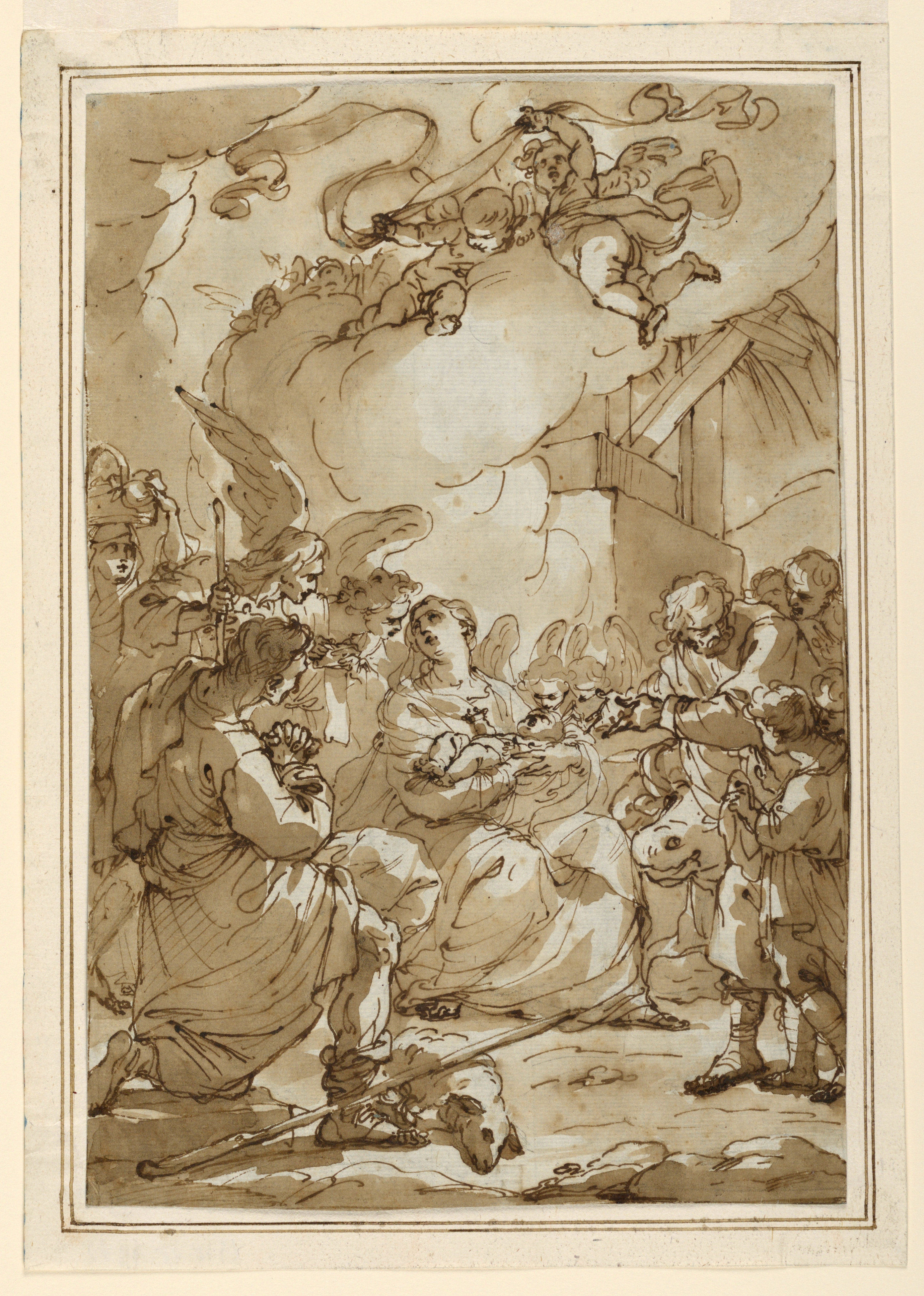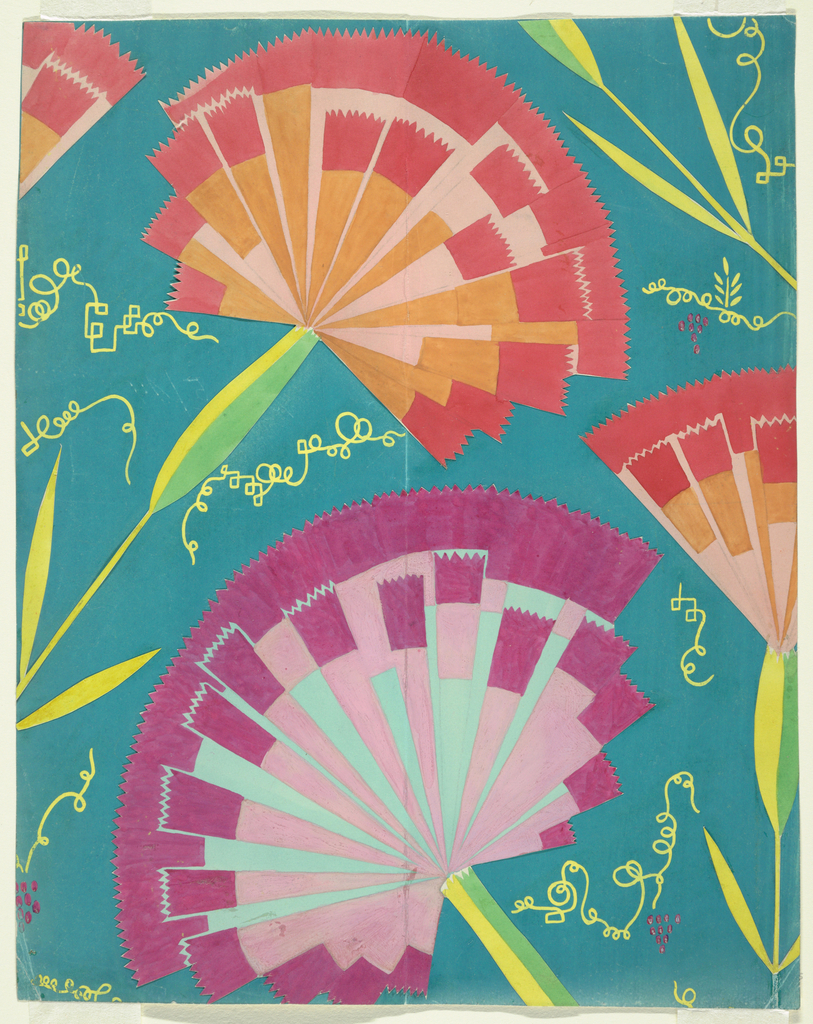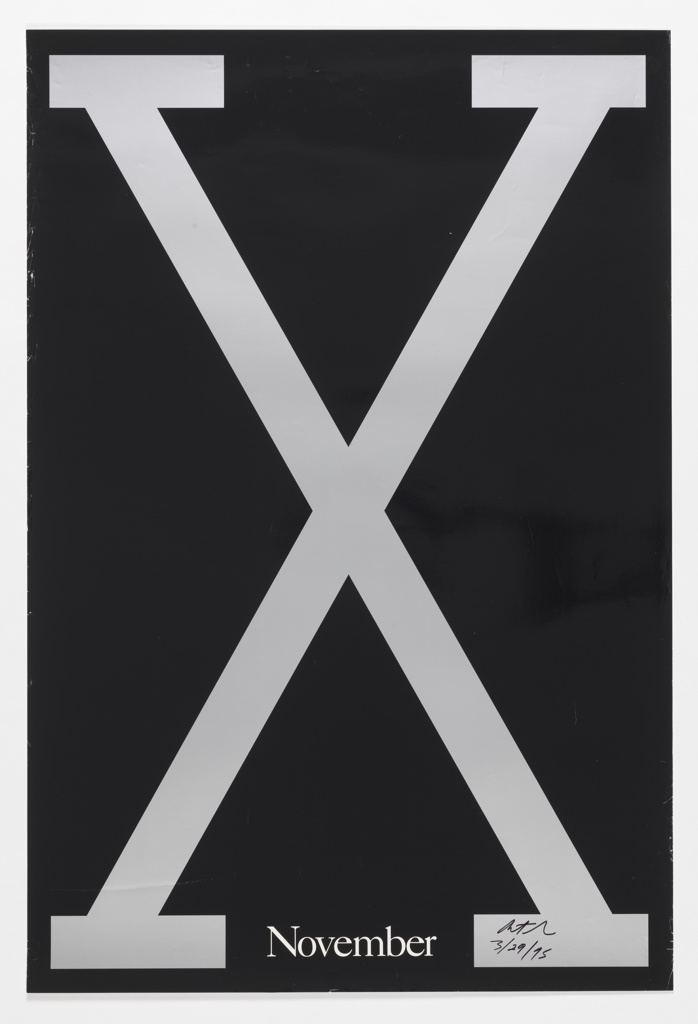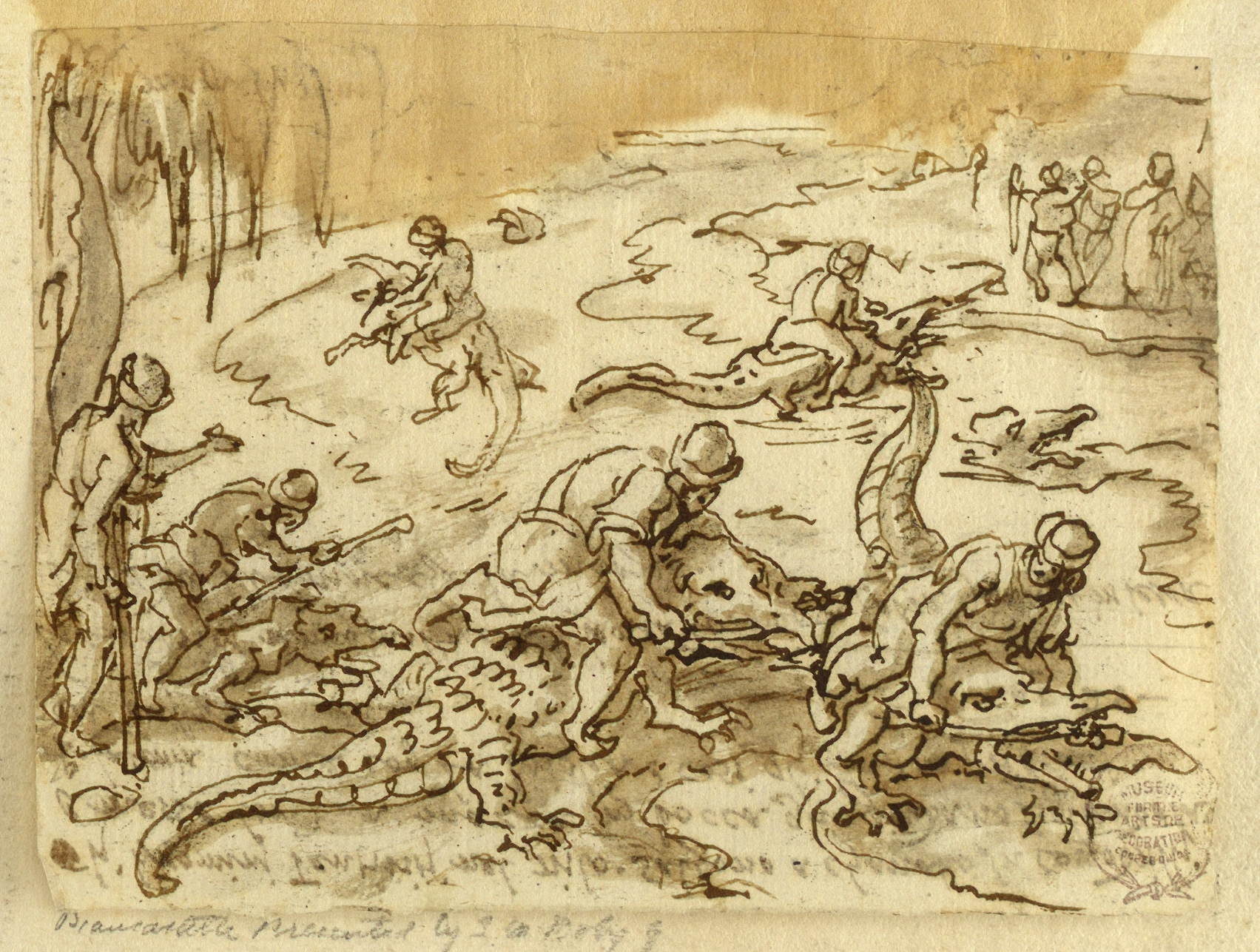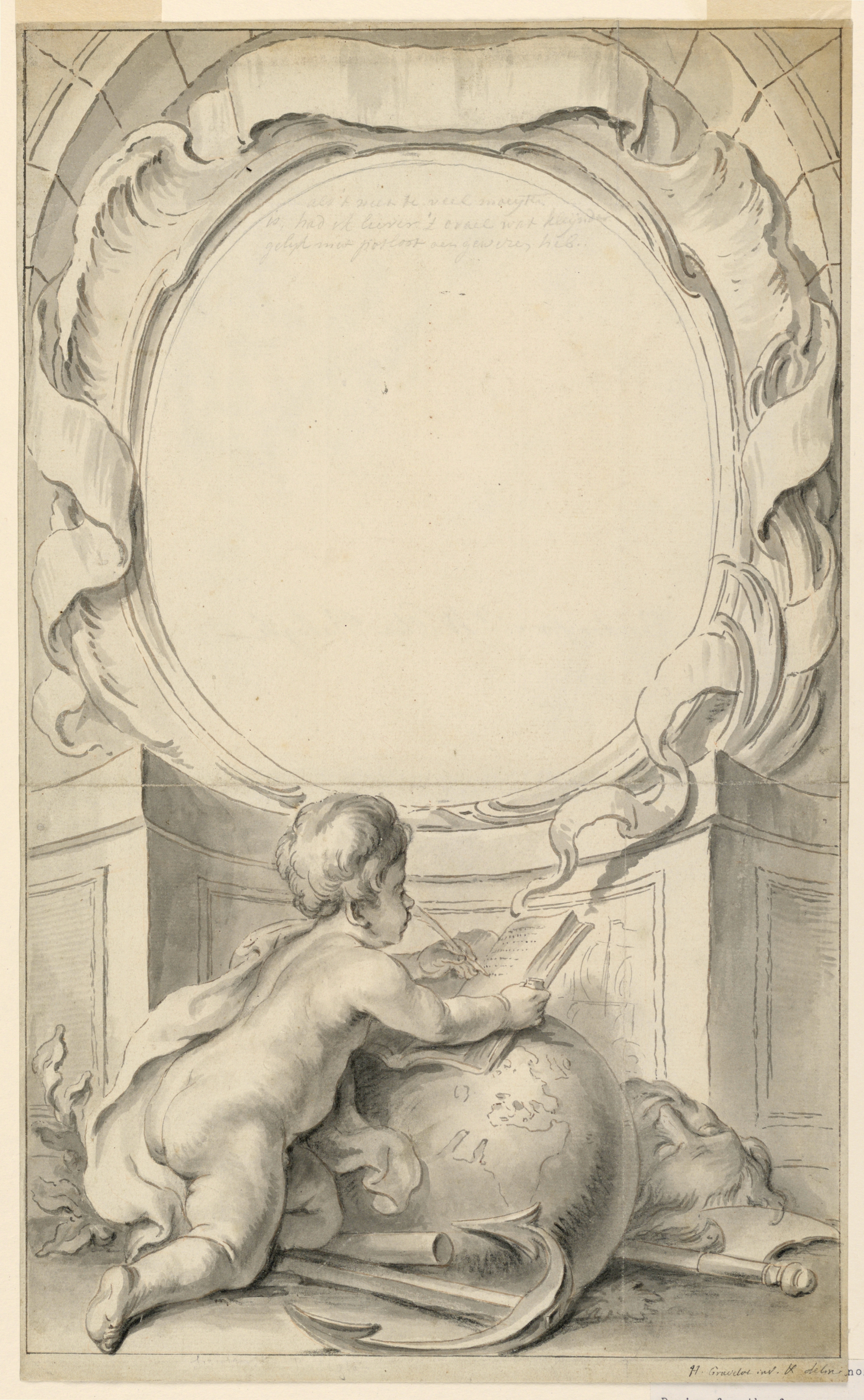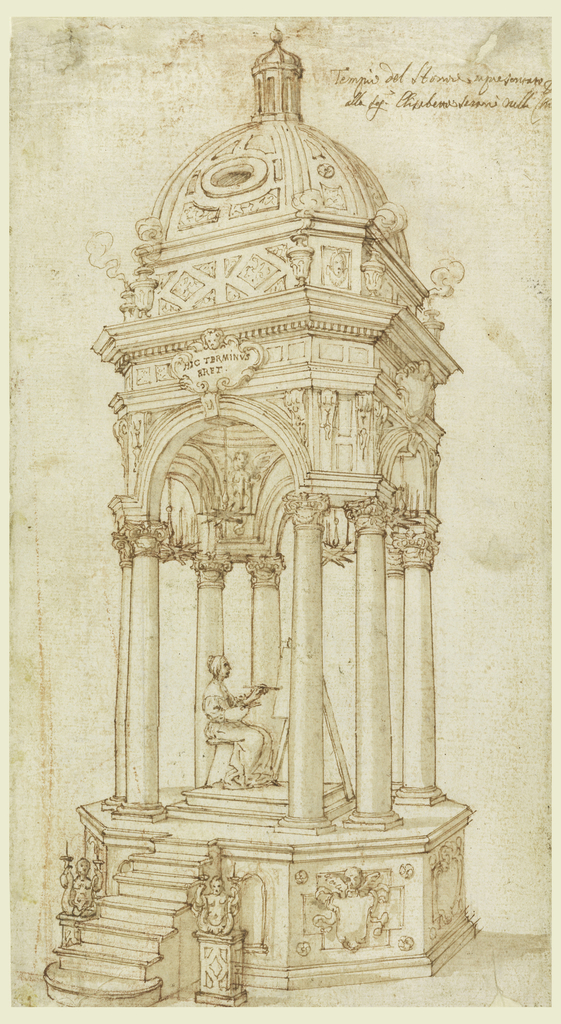On September 23rd, 1758, an aspiring architect named Robert Mylne (1733 – 1811) wrote to his younger brother William (1734 – 1790) with astonishing news. At twenty-four years old, Robert had just become the first Briton awarded top prize in the Concorso Clementino, a famous architecture competition held every three years in Rome.[1] This drawing...
The Reverend William Bradford traveled with his sketchbook. Not much else is known about Bradford, who served as a British Army chaplain in Spain and Portugal during the Peninsular War (1807 – 1814). In that conflict, British troops joined Spanish forces in their resistance to Napoleon. As Reverend Bradford accompanied his fellow British soldiers across...
What goes on in the kitchen late at night? This whimsical print imagines the pantry come to life, as its normally inanimate occupants enjoy a jolly party. Dishes and cutlery dance to a merry tune played by a band of jugs, mops, pots and pans. A suckling pig, a goose, and a cabbage-headed meat-figure lend...
As a young architect in search of inspiration, Charles Édouard Jeanneret-Gris (Swiss, 1887 – 1965) traveled extensively throughout Europe and the Mediterranean.[i] Early in the summer of 1911, Jeanneret (today better known by his adopted name, “Le Corbusier”), then twenty-four years old, set out on a five-month journey that would take him through the Balkans,...
Cooper Hewitt is delighted to add this extraordinary Renaissance drawing to the collection. A scene of “Men Hunting Bulls with Falcons,” it belongs to a series of (often outlandish) hunting images created by Jan van der Straet, called Stradanus (1523–1605). Cooper Hewitt is among the most important resources for the study of Stradanus, court artist...
In recognition of National Hispanic Heritage Month (September 15-October 15, 2019), this week’s Object Of The Day posts celebrate Latinx designers’ works in the collection. This post is written by Maeve Coudrelle. The Cuban Revolution of 1959 brought major changes to the country’s cultural fabric. Less than three months after the new revolutionary state came...
Sir Anthony van Dyck (1599-1641), knighted by King Charles I of England, was a Flemish painter renowned for his portraits of members of the British Court. Trained in Antwerp by Peter Paul Rubens (1577-1640), Van Dyck, like his teacher, experimented with making prints.[1] In the late 1520s or early 1530s, Van Dyck began an extensive...
In the traditional Japanese craft of katagami, paper stencils are carved by master artisans for use in decorating textiles. Documented since at least the sixteenth century, the technique developed out of methods originally devised for embellishing leather armor. Some common katagami motifs record this history: the stylized iris pattern that appears on this stencil symbolizes bravery....
In celebration of Women’s History Month, March Object of the Day posts highlight women designers in the collection. Jane Ireland and her sister Anna Maria were artists and print-makers in 18th-century London. Like many early women artists in Europe—to whom formal training was rarely available—the Ireland sisters learned their craft from their father. Samuel Ireland...
In the late fourteenth century, an elderly nun named Bridget experienced a mystical vision. Born in Sweden in 1303, Bridget (now St. Bridget) was nearly seventy when she made a pilgrimage to Bethlehem, and witnessed a holy sight. In her account of what transpired, St. Bridget describes a vision of the birth of Jesus in...
Author: Rachel Pool Purpurnelke (Purple Pink) is a textile design made from cut paper and gouache. It features entangled grapevines set amongst boldly-colored flowers that resemble Japanese fans, combined in a striking pattern indicative of non-Western influence. The designer Felice Rix-Ueno (Austrian, 1893–1967) created the blossoming flowers and their straight stems from cut paper; the...
Author: Jerome Harris Spike Lee’s 1992 classic film, Malcolm X, depicts the life and impact of the radical African-American activist. The poster for the movie was designed by Art Sims, who had previously created the artwork for Mo’ Better Blues (1990) and Jungle Fever (1991), two other Spike Lee joints. Past works by Sims display...
How to catch a crocodile? In this drawing, the Flemish artist Jan van der Straet, called Stradanus (1523–1605), shows us one particularly bold method. Hunters sit astride their prey, forcing long sticks between the crocodiles’ snapping jaws; companions armed with clubs wait nearby, ready to bludgeon the overpowered reptiles. The image isn’t based on first-hand...
In the mid-eighteenth century, the British historian Thomas Birch (1705 – 1766) published a series of short biographies of famous figures from his nation’s past. Accompanying each of the 108 biographies was an engraved portrait of the subject, whose likeness was presented within an elaborate decorative setting.[1] These ornamental frames were designed by Hubert-François Bourguignon...
On November 14, 1665, the Basilica of San Domenico in Bologna was crowded with mourners. They were gathered to remember a young female artist, Elisabetta Sirani (1638 – 1665), who had died suddenly the previous August.[1] Although only 27 at the time of her death, Elisabetta was already an acclaimed painter, draftsman, and printmaker—a contemporary...
